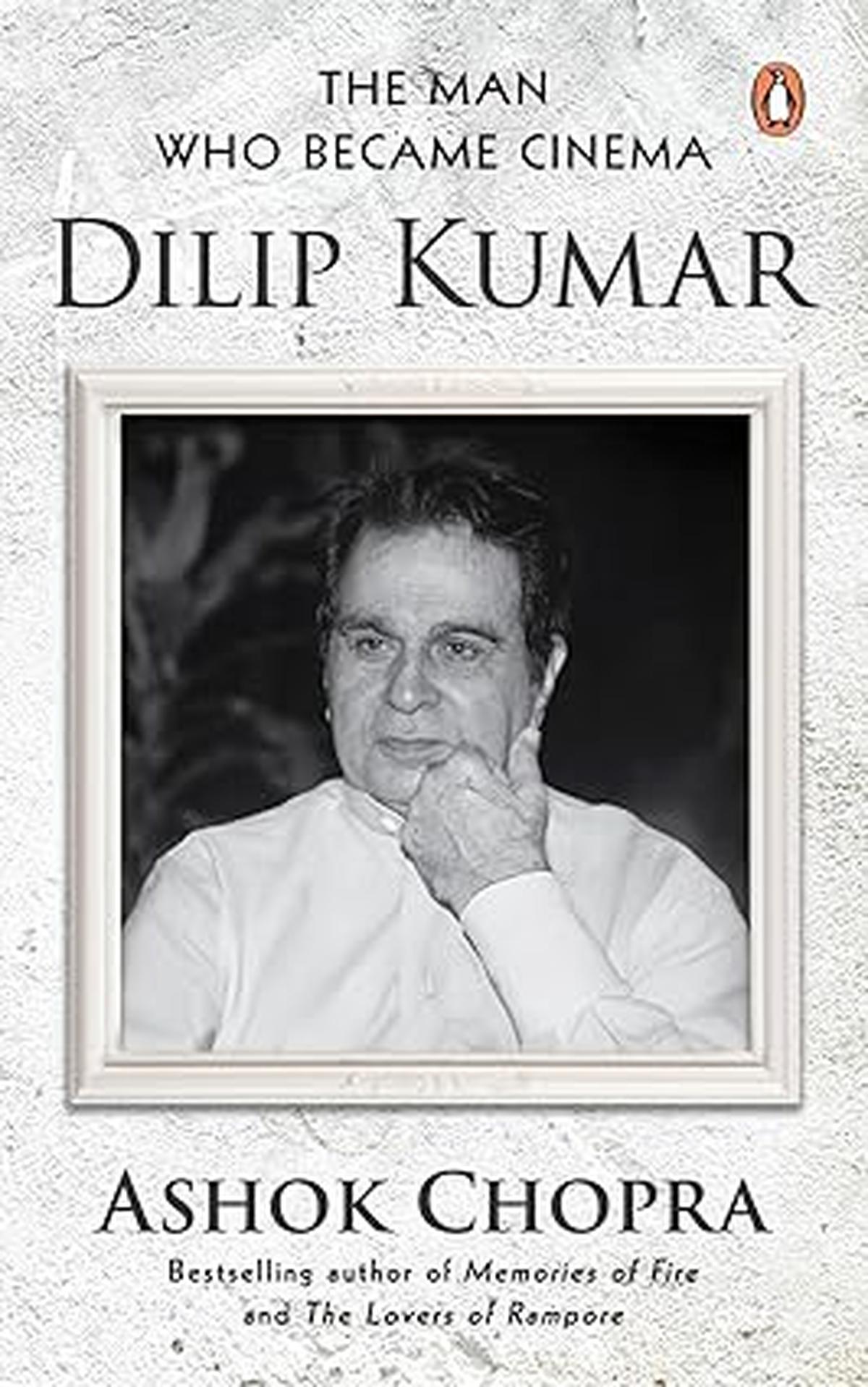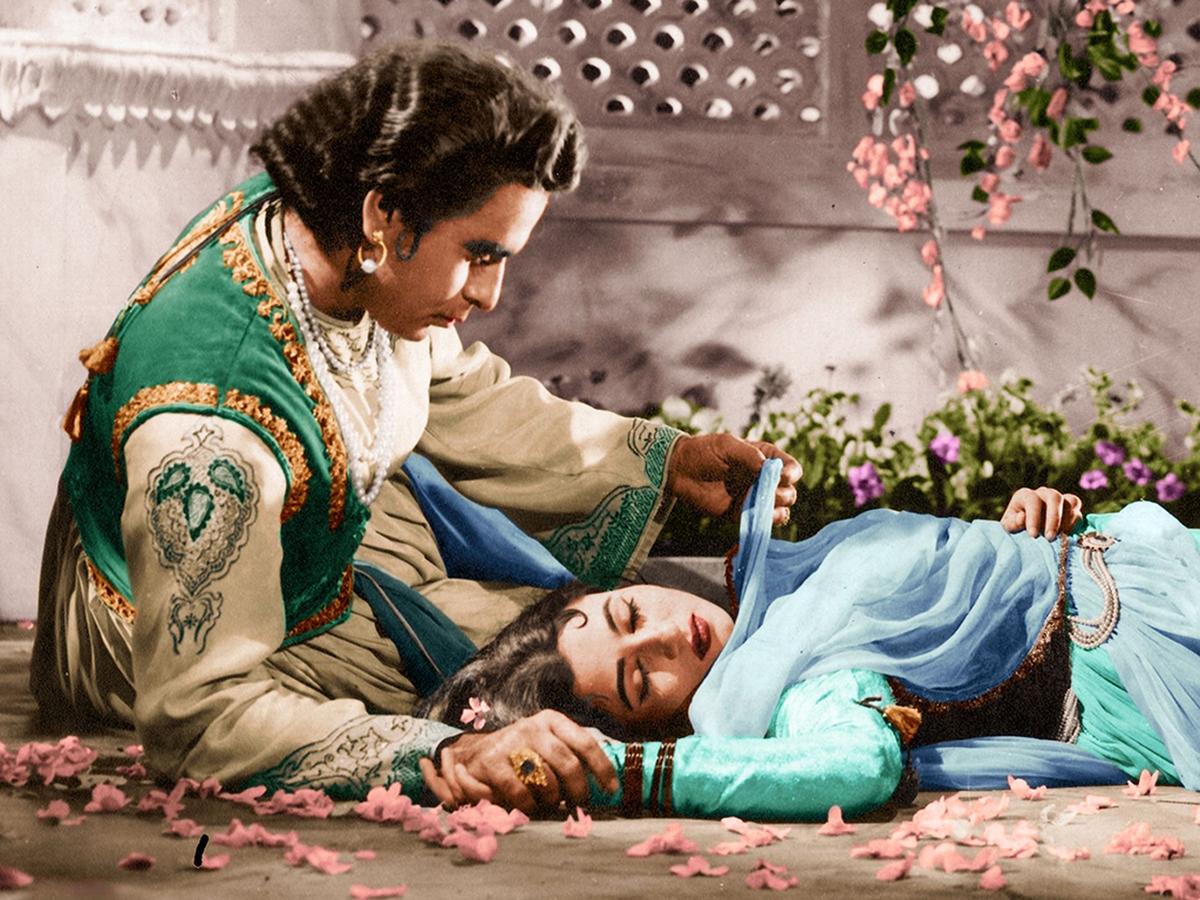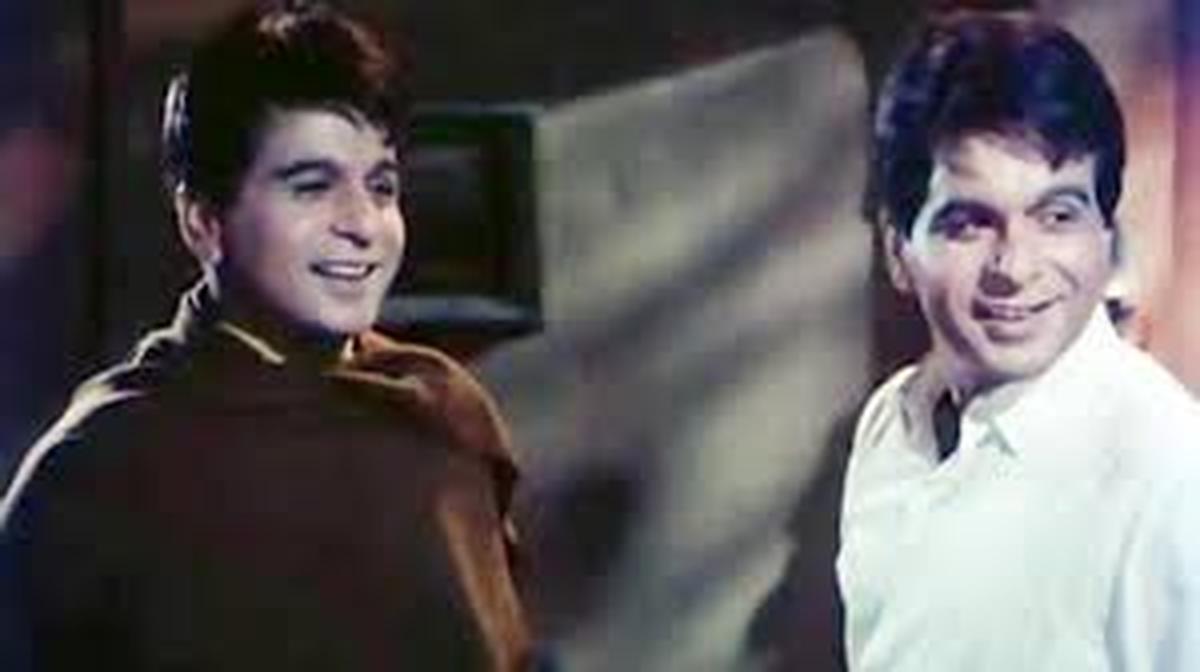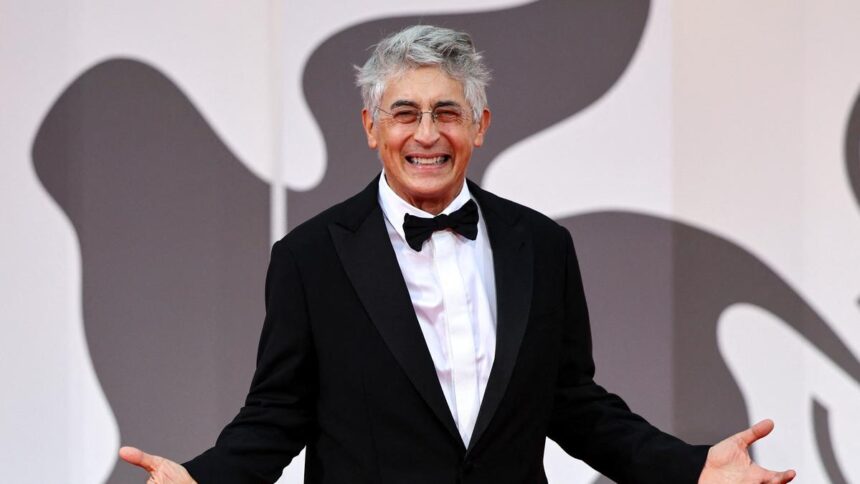
Dilip Kumar’s method acting brought about a revolutionary change in the portrayal of characters on screen
| Photo Credit: Special Arrangement
Legends are not born, but made, is an adage that seems apt for Dilip Kumar. He was an icon, who evolved as an institution. Vyayanthimala, his co-star in seven hugely successful films, once remarked: “The icon’s influence on each generation has been such that there is a Dilip Kumar in every successful actor in Indian cinema”. Dilip Kumar is also credited to being the one who introduced method acting to Indian cinema — a foundation for which was first laid by Konstantin Stanislavski (Russian theatre practitioner) and popularised later by American acting coach and actor Lee Strasberg.

The book examines the actor’s cinematic legacy
| Photo Credit:
Special Arrangement
Dilip Kumar’s method acting brought about a revolutionary change in the portrayal of characters on screen, and with it the very art of film acting. The unforgettable classics such as Devdas (1955), Gunga Jamuna (1961) and Mughal-e-Azam (1960) depict the layers of emotions he continues to evoke in the viewers. Even in the provocative Jab pyar kiya to darna kya number one learns that there could be immense power in silence as conveyed by the character of Prince Salim. Dilip Kumar’s magic on screen remains undeniable — a legacy that continues to enchant countless fans.

In Mughal-e-Azam Dilip Kumar showed how silence can be a powerful acting tool
| Photo Credit:
The Hindu Archives
He developed his method of acting as an antithesis to the widely followed classical acting technique. Dilip Kumar’s method as well as the characters he portrayed carried a strong social bearing. His method was rooted in a kind of cultural re-discovery that helped the character acquire the ability to observe the peculiarities and happenings in society.
Famously known as ‘tragedy king’ on screen, Dilip Kumar’s commitment to his roles and his deep involvement with the characters he portrayed, believed to have led to serious psychological issues for which he had to consult a psychiatrist in England. The advice given to him was to switch to comic roles, which he did with aplomb and poise. In Ram aur Shyam (1967) and Gopi (1970) to name only a few,he displayed his sense and timing for comedy as well.

In Ram aur Shyam Dilip Kumar showed his sense of timing for comedy as well
| Photo Credit:
Special Arrangement
All these facts and more are captured in the book, The Man Who Became Cinema , written by “film buff” Ashok Chopra. Published by Penguin Random House, the book deconstructs Dilip Kumar’s cinematic reach and unparalleled timelessness through the prism of 57 films. It explores each of his cinematic characters intricately grouped under six categories — film-by-film, frame-by-frame. The author develops an understanding of how Dilip Kumar exhibited his formidable capacity to innovate and improvise.
Ashok also speaks about the actor’s ‘visual verbal personality composite’, a complex mechanism by which his film dialogues were delivered. Dilip Kumar is said to be the only actor to have integrated audio and visual into a scene, as in, what finally gets conveyed to the viewer are not the words, but a strange modulation of the sound of these words with emotions. This was employed by the actor, particularly in romantic scenes.
His films are considered masterpieces — to be seen and studied. According to Ashok, before director Ramesh Sippy started work on his film Saagar (1985), he asked Kamal Haasan to watch Dilip Kumar’s Ganga Jamuna. “There are several nuances that every actor should compulsorily watch — to understand the meaning of subtlety,” said Kamal. . It comes as no surprise that Dilip is not an actor who is imitated much, but his acting method is examined and studied. And The Man Who Became Cinema helps with that.
Published – July 29, 2025 07:28 pm IST























